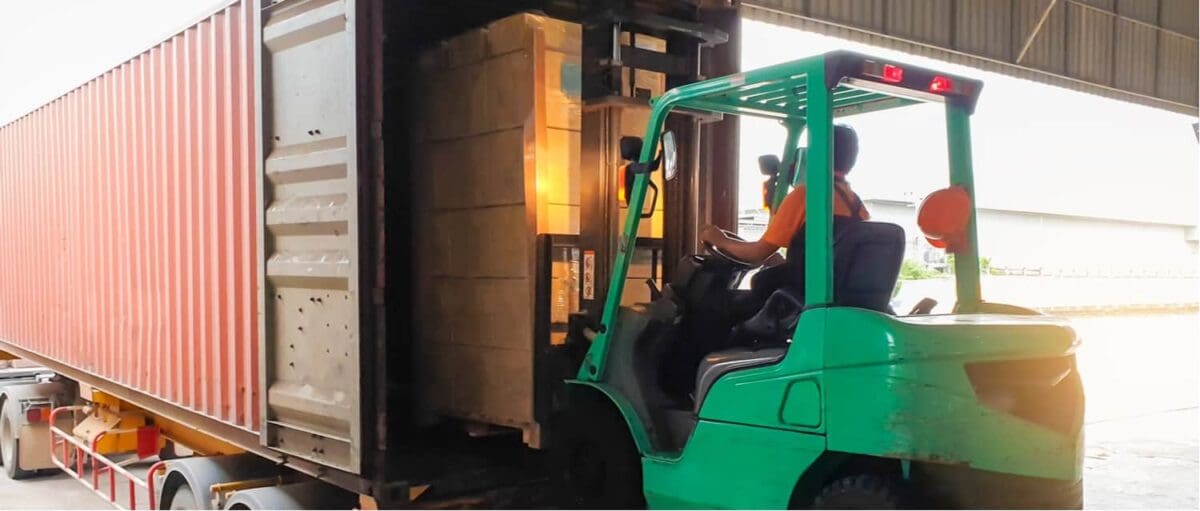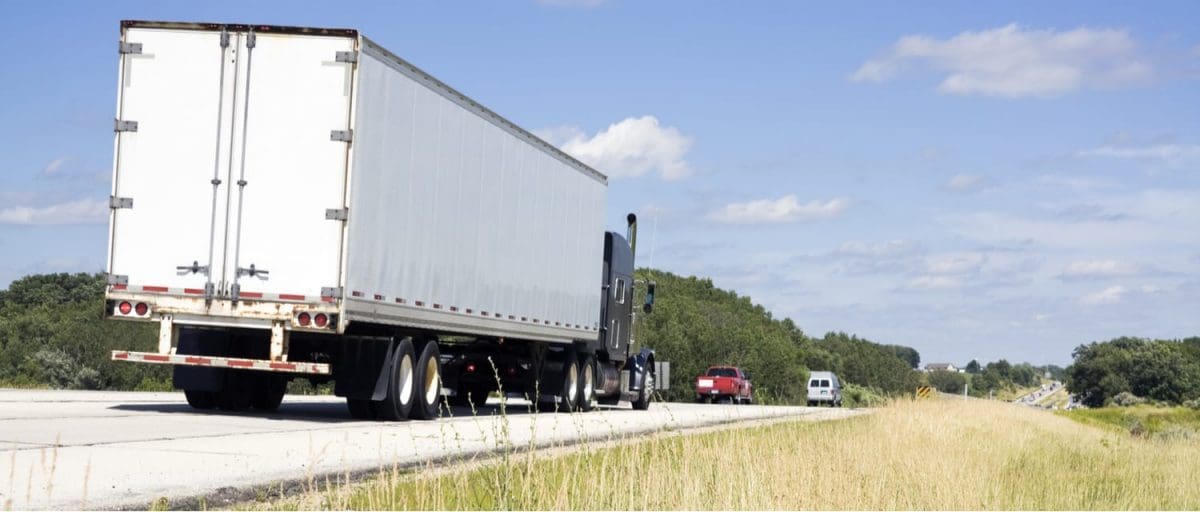As an over-the-road (OTR) truck driver, you spend a lot of time in your rig. Making your semi-truck sleeper feel more like home can make a large difference in the quality of your day-to-day life. Luckily, you don’t need to completely transform your truck’s interior to accomplish this. A few small changes and personal touches can do the trick.
Here are some tips for creating a comfortable semi-truck sleeper:
Plan for the Essentials First
The interior of a semi-truck is a small space. This doesn’t mean that you can’t make it a more enjoyable place to spend time, but it does mean that you’ll need to keep your available space in mind. It’s a good idea to start with the essentials and make a plan for storing these items first before you start thinking about what else to add.
Some of the essentials you will need in your truck include clothing, personal hygiene products, prescription and over-the-counter medications, tools for truck maintenance, and a way to organize necessary documents. Eating at truck stops or restaurants can quickly become expensive, so you should also plan to have healthy snacks and meals available as well as water so you can stay hydrated. Make a list of all the items you know you will need and double-check to make sure you aren’t forgetting anything. Having everything you need can give you peace of mind and these simple necessities play a large role in your ability to feel at home in your truck.
Improve Your Quality of Sleep
Sleep is essential and a high-quality sleeping area can improve your health and wellbeing. Adding a mattress topper to your bed can be a simple way to make it more comfortable. You may also want to invest in nicer pillows, sheets, and comforters. These can all be customized to reflect your personality, which is a great way to decorate your semi-truck sleeper without using much space. In addition to the bed itself, you may want to add small items that you know will help you sleep. Some items to consider include a white noise machine, oil diffuser for calming scents, portable fan to control the temperature, et cetera.
Consider Electronics and Entertainment
You can use the inverter in your semi-truck to power small electronics and this can be a great way to stay entertained. Some truckers have a small TV or gaming system in their semi-truck sleeper. It’s also easy to bring a laptop and you can either use your mobile data or invest in a small hot spot. Keep in mind that although truck stops may have Wi-Fi, this is not always reliable or fast, so many drivers prefer to use something more consistent. Portable electronics such as e-readers and tablets are a space-saving option and if you like reading, these allow you to essentially bring a library of books in a tiny package.
Add Decorations and Personal Touches
You don’t need a ton of space to add personal touches to your semi-truck sleeper. In addition to customizing your bedding, you can choose to hang up flags, posters, or photos. These small reminders of the things you love can boost your mood and make your rig feel like your own unique space.
Do You Want to Share Your Semi-Truck Sleeper With a Pet?
If you are interested in companionship, trucking with a dog or cat can definitely make your rig feel homier and improve your mood. This does take some planning and you will need to have space for your furry friend as well as essentials such as food/treats, water, bowls, toys, and cleaning supplies.
DSW Advantages: Modern Equipment
At DSW, 90% of our trucks are less than four years old, and this makes it even easier to create a comfortable space for your life on the road. Our rigs include inverters that you can use for your electronics and we are also a pet-friendly company if you want to bring a companion.












